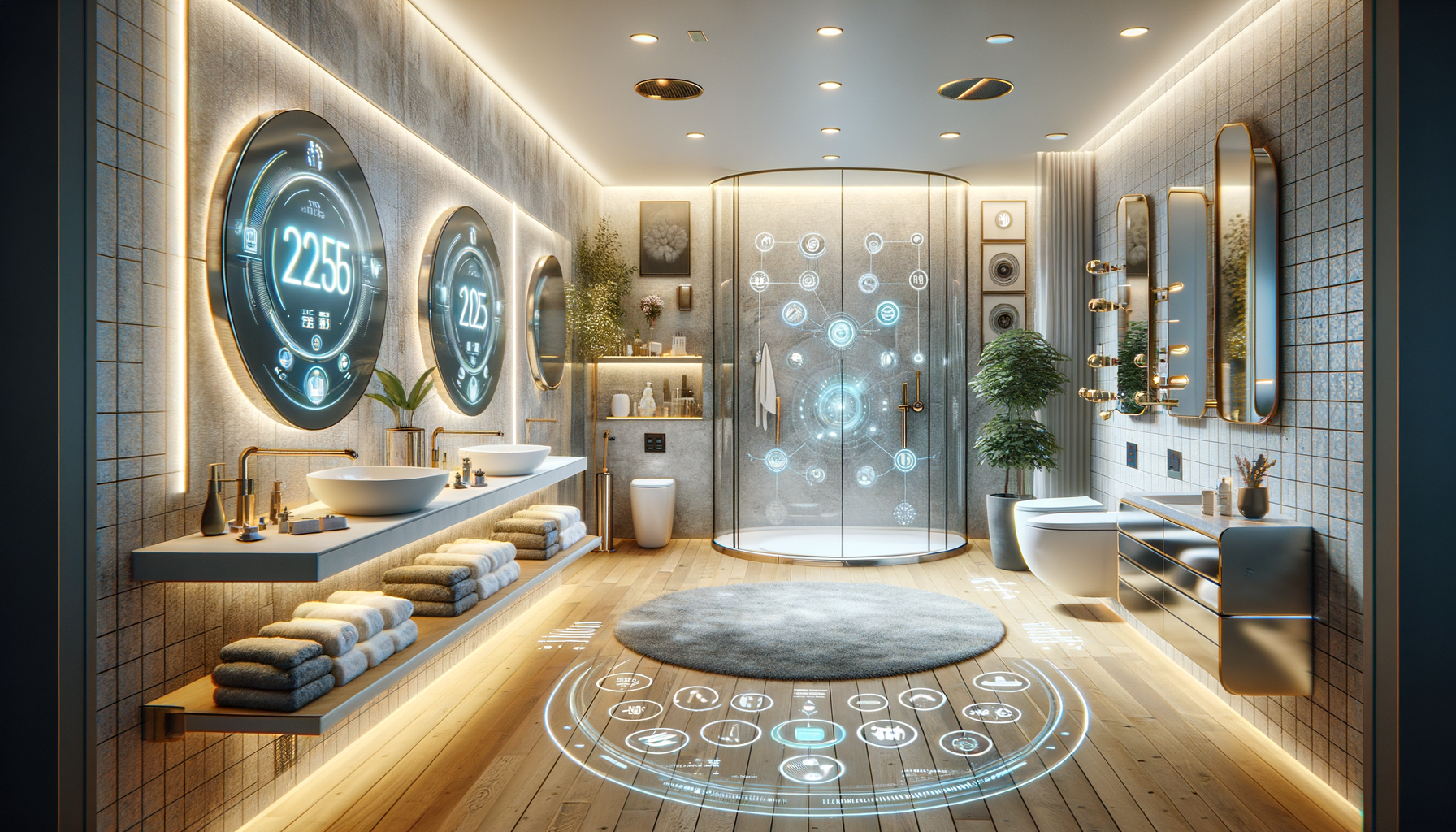
Bathroom Remodelers: What Modern Bathrooms Often Leave Out in 2025
The Evolution of Bathroom Remodeling
In recent years, bathroom remodeling has transformed from a simple home improvement project into a sophisticated endeavor that integrates functionality with aesthetics. As people continue to spend more time at home, the demand for luxurious and efficient bathroom spaces has grown. However, despite the advancements in design and technology, there are certain elements that modern bathrooms often overlook. Understanding these gaps can help homeowners create spaces that are not only beautiful but also functional and future-proof.
Historically, bathrooms were designed with a focus on basic functionality. However, the modern bathroom is a sanctuary, a place for relaxation and rejuvenation. This shift has led to the incorporation of spa-like features, smart technology, and sustainable materials. While these trends enhance the bathroom experience, they sometimes overshadow the importance of practical aspects such as storage solutions and accessibility features.
Moreover, the emphasis on sleek, minimalistic designs can sometimes result in a lack of personalization. Homeowners are encouraged to consider their unique needs and preferences when planning a remodel. By doing so, they can avoid common pitfalls and ensure their bathroom remains a comfortable and inviting space for years to come.
Essential Features Often Overlooked
Despite the focus on aesthetics and innovation, several essential features are frequently overlooked in modern bathroom designs. One such feature is adequate lighting. While natural light is ideal, not all bathrooms have access to windows. In such cases, layered lighting solutions, including ambient, task, and accent lighting, can create a balanced and inviting atmosphere.
Another commonly neglected aspect is ventilation. Proper ventilation is crucial for preventing mold and mildew, which can damage fixtures and compromise the health of the occupants. Installing a high-quality exhaust fan with a humidity sensor can effectively manage moisture levels and improve air quality.
Storage is another critical component that is often sacrificed for the sake of aesthetics. However, a clutter-free environment is essential for a relaxing bathroom experience. Consider incorporating built-in shelves, vanity cabinets, and innovative storage solutions that maximize space without compromising on style.
The Role of Technology in Modern Bathrooms
Technology plays a significant role in shaping modern bathroom designs. From smart mirrors with built-in lighting and defogging capabilities to digital showers that allow users to control temperature and water flow with precision, the integration of technology enhances convenience and efficiency.
However, while these advancements are impressive, they can sometimes overshadow the importance of user-friendliness. It’s essential to ensure that technological features are intuitive and accessible to all users, regardless of their tech-savviness. Additionally, the installation of smart devices should be accompanied by proper training or user manuals to prevent frustration and maximize their benefits.
Another consideration is the sustainability of technology. As environmental concerns become increasingly important, opting for energy-efficient fixtures and water-saving technologies can significantly reduce a bathroom’s carbon footprint. Features such as low-flow toilets, water-saving faucets, and LED lighting not only conserve resources but also lower utility bills.
Incorporating Sustainability and Eco-Friendliness
As sustainability becomes a priority for many homeowners, incorporating eco-friendly elements into bathroom remodels is gaining popularity. This trend not only benefits the environment but also enhances the overall value and appeal of the home.
One of the simplest ways to achieve sustainability is by selecting materials that are durable and environmentally friendly. Recycled glass tiles, bamboo flooring, and reclaimed wood are excellent choices that add character while minimizing environmental impact. Additionally, choosing low-VOC paints and finishes can improve indoor air quality and reduce exposure to harmful chemicals.
Water conservation is another critical aspect of sustainable bathroom design. Installing low-flow fixtures, dual-flush toilets, and rainwater harvesting systems can significantly reduce water usage without compromising performance. These measures not only contribute to a greener planet but also lead to substantial savings on water bills over time.
Personalization: The Key to a Timeless Bathroom
While modern bathrooms often prioritize sleek and minimalistic designs, personalization is key to creating a space that truly reflects the homeowner’s personality and lifestyle. Incorporating personal touches can transform a standard bathroom into a unique and inviting retreat.
Consider elements such as custom cabinetry, unique tile patterns, and personalized color schemes that resonate with your style. Additionally, incorporating art, plants, and decorative accessories can add warmth and character to the space.
It’s also important to consider the future needs of the household. Features such as grab bars, adjustable showerheads, and non-slip flooring can enhance safety and accessibility, making the bathroom suitable for all ages and abilities. By balancing aesthetics with functionality, homeowners can create a bathroom that remains relevant and enjoyable for years to come.